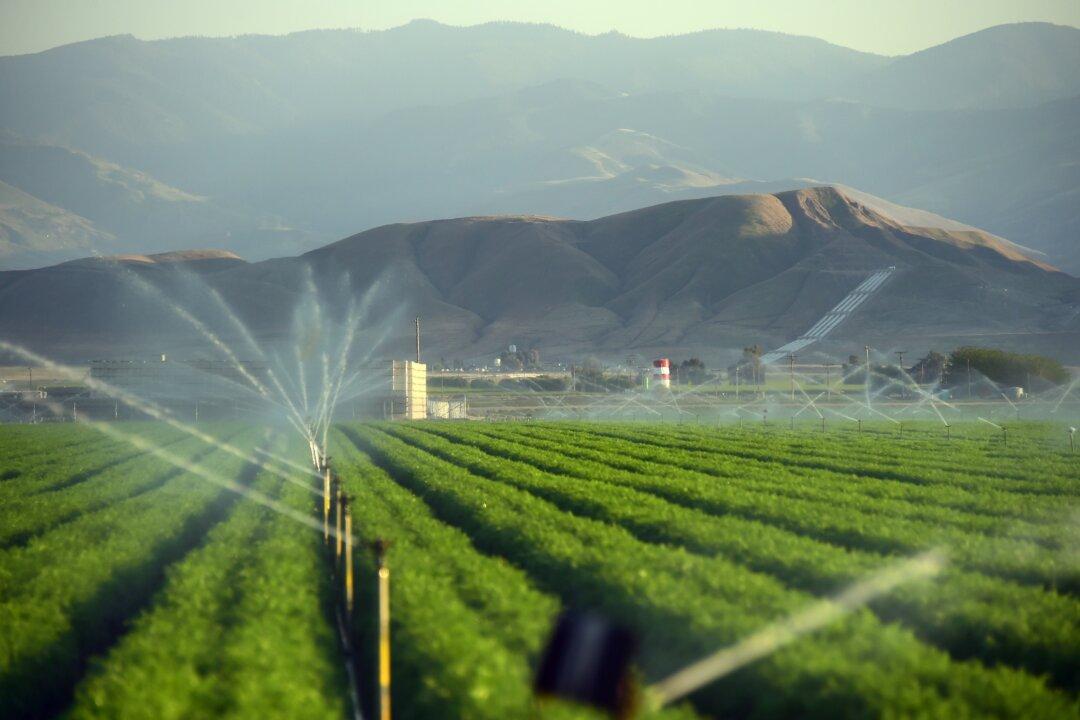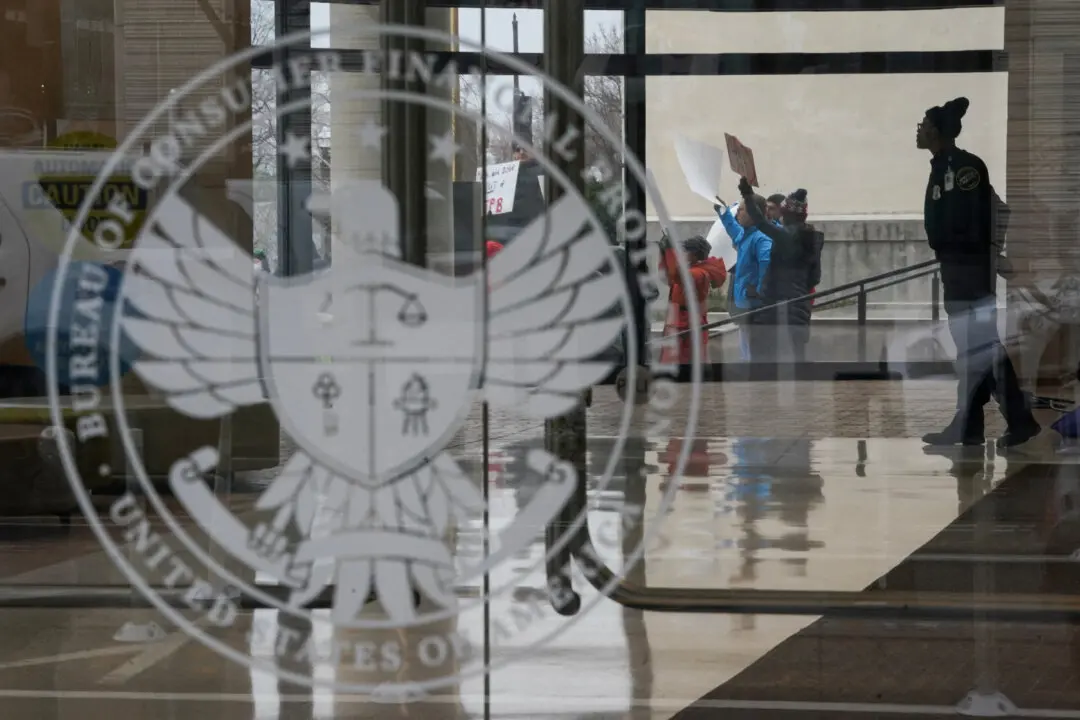In case you didn’t know, California’s Central Valley produces an absurd amount of food for the U.S. and the world, and while the recent drought-fueled restrictions on water don’t impact farmers, the state’s agriculture sector has been hard-hit by the lack of rainfall over the past four years.
Here’s what California’s Central Valley grows: Almonds, apples, blackberries, cherries, figs, grapes, lemons, olives, grapes (wine), peaches, persimmons, broccoli, peppers, spinach, tomatoes, cauliflower, lettuce, pistachio nuts, plums, pomegranates, walnuts, and different types of melons. A huge amount of dairy farms are also located in the state, making California the leading producer of milk in the U.S.
There hasn’t been a huge spike in food prices at grocery stores due to the recent drought, but they will be coming soon, say experts. “We haven’t fully realized the impact of the drought in California,” economist Annemarie Kuhns with the Agriculture Department’s Economic Research Service told USA Today. “It takes time before the effects are seen at the retail level. And once you see drought conditions start to improve you'll see these effects further down the road.”





